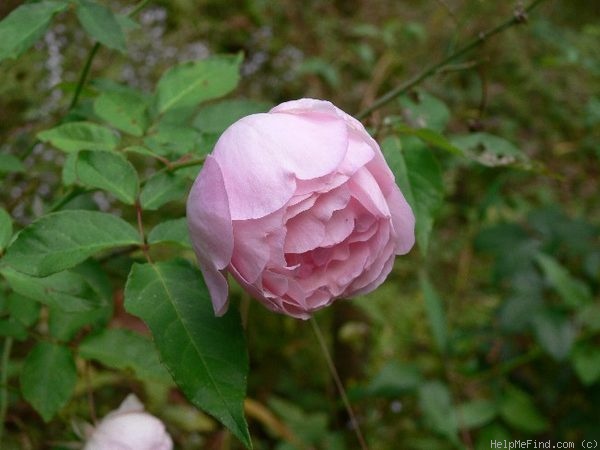|
|

Photo courtesy of Shinobu
HMF Ratings:
149 favorite votes.
Average rating:
EXCELLENT.
Class:
Tea. (Series: Earth Kind ™)
Bloom:
Rose-pink, yellow highlights, ages to lighter . Strong, tea fragrance. 45 petals. Large, very double, cupped, nodding or "weak neck" bloom form. Blooms in flushes throughout the season.
Habit:
Spreading.
Height: 36" to 8' (90 to 245cm). Width: 24" to 36" (60 to 90cm).
Growing:
USDA zone 5b through 11. Can be used for specimen. Vigorous. shade tolerant. Disease susceptibility: susceptible to Mildew.
Patents:
Patent status unknown (to HelpMeFind).
Notes:
Augusta de Vendeuve Le Forestier (October 23, 1811 Vendeuve - February 6, 1893 St-Vaast-sur-Seulles), married on February 29, 1832, Louis Claude Gustave de Thomas de Labarthe (January 11, 1808 St-Vaast - October 24, 1879 St-Vaast), Count of Labarthe.
The name 'Duchesse de Brabant' seems to have been given by some nurseries for marketing in USA.
Pierre Guillot states that 'Comtesse de Labarthe' is a descendant of 'Caroline'.- see References.
Roosevelt's "pet" rose (see References for more information).
Despite statements in newer literature, 'Comtesse Ouwaroff' is not a synonym of 'Comtesse de Labarthe', but a similar rose.
Ploidy determined by David Zlesak (plant from Chamblee's Nursery).
|